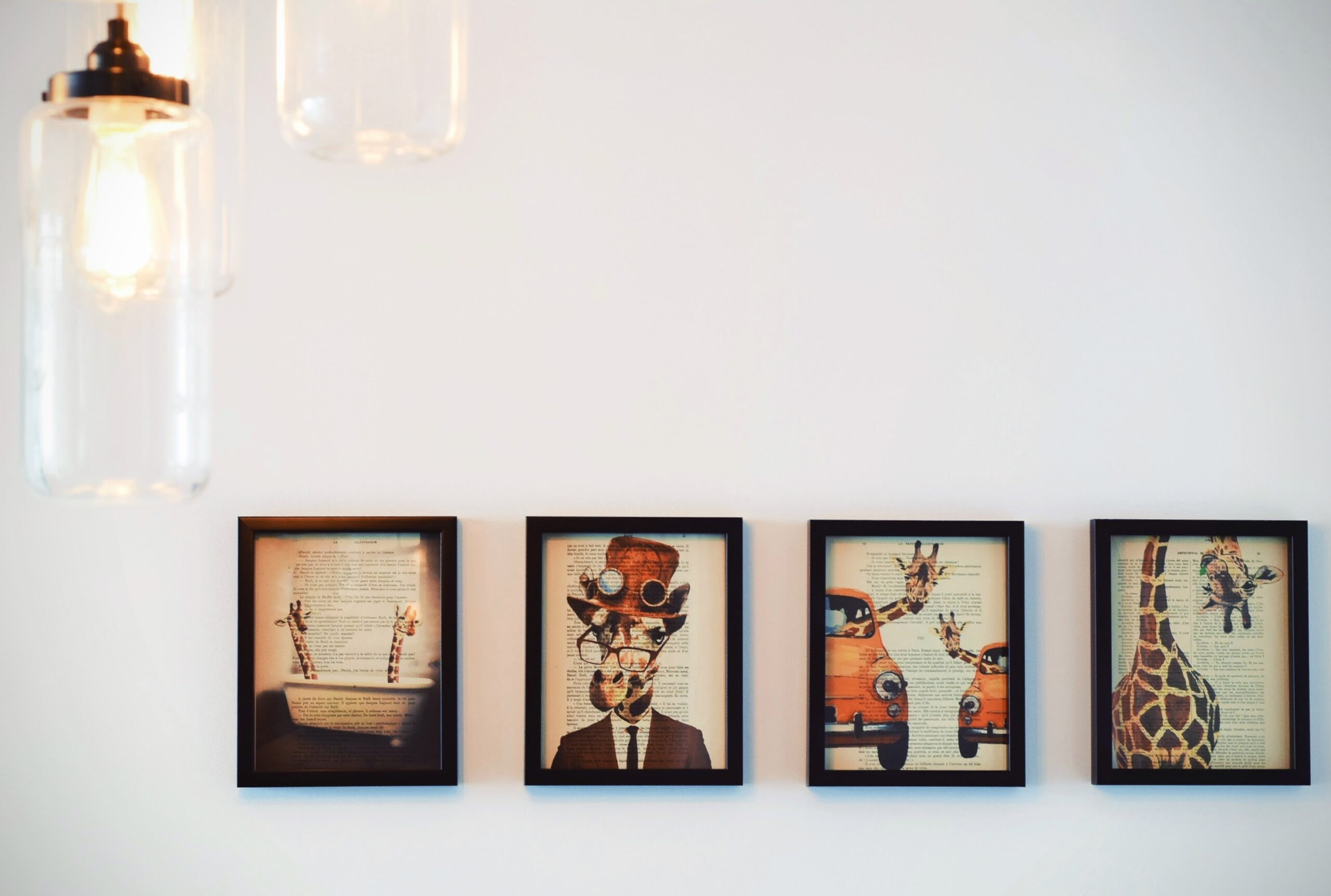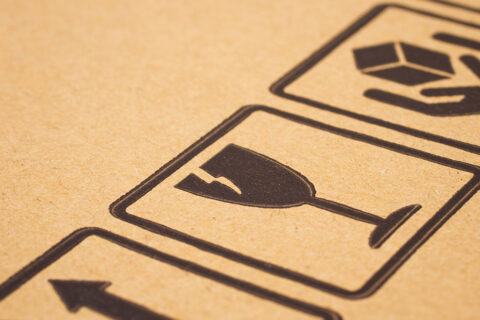Packing Framed Art
 Use specialty boxes made especially for framed artwork when you want durable packing containers. Specialty boxes have both inner and outer protection for frames and glass and are available from your moving company. You can also make your own cardboard boxes by cutting down larger boxes to the dimensions you need.
Use specialty boxes made especially for framed artwork when you want durable packing containers. Specialty boxes have both inner and outer protection for frames and glass and are available from your moving company. You can also make your own cardboard boxes by cutting down larger boxes to the dimensions you need.
If your boxes don’t include inner protection for your frames, tape stiff cardboard sheets to the fronts and backs of artwork frames. Next, wrap the cardboard-fortified pieces in bubble wrap and secure the wrap before placing the pieces in their boxes.
If glazed works will travel long distances, protect the glass by taping it with painter’s tape before protecting it with cardboard. If the glass is broken during the move, the pieces will stick to the tape instead of puncturing the artwork. Tape in vertical and horizontal lines on the glass, then add diagonal tape sections for more security.
Use bubble wrap rather than packing peanuts as cushioning for framed artwork. Styrofoam peanuts can depress or mark the textures in unglazed artwork, including oil paintings and prints that have no glass fronts.
Order special foam or tissue for the fronts of unglazed works. These archival-quality materials are found at art stores and frame shops. Place the sheet or tissue in front of each unglazed work as directed by the material manufacturer before cushioning pieces and placing them in boxes.
If you’re afraid you’ll damage high-value artwork, ask your moving-company agent about specialty art movers. Hire professional art movers to pack and move your art collection for you. Art movers offer insurance and other protection for your gallery-worthy framed artwork.
Packing Rolled Posters
Roll paper posters to a diameter of 1 1/2 to 2 inches. Roll cardstock posters to a diameter no smaller than 3 inches. Don’t use rubber bands or other materials to hold the rolled posters. Once the rolled poster is at your desired diameter, roll it in a sheet of protective paper, then cushion with bubble wrap. Secure the bubble wrap with tape so that the poster won’t unroll.
If you’re moving posters that were previously folded, you can pack them again in the folded position. However, use the original folds as you prepare the poster for the move. Don’t create new folds to fit your containers.
Rolled posters stay safest during the move when they’re placed in durable shipping tubes. Don’t use leftover wrapping-paper tubes or other flimsy tubes to pack your posters. Order hard tubes that won’t bend at the slightest touch.
Three- or four-inch-diameter PVC tubes are some of the toughest tubes you can use for your posters. However, PVC tubes should be clean and dust-free inside. Carpet and rug tubes are also suitable for poster packing.
Avoid rolling up your poster, slipping it in the tube, and letting it expand to fill the tube space. You never want your rolled posters to touch the sides of their packing tubes. Instead, leave an air cushion all around the rolled poster when it’s in a packing tube.
When you leave a cushion for the poster, it’s less likely to get dented if the tube is slightly crushed. Use bubble wrap or crumpled plastic grocery bags to cushion the ends of your poster. If left to slide up and down the tube, the poster’s edges can become bent and damaged by hitting the ends of the tube.
Purchase or make your own end caps for your poster tubes. Secure the end caps carefully so that they don’t fall off during your move and let the posters spill out.
If you use a long triangular shipping box to pack a rolled poster, always use another tube inside the triangular box to protect your posters. Don’t place a rolled poster in a triangular box without additional cushioning.
Packing Folded Posters
Use envelopes instead of hollow boxes to move your folded posters. Lightweight boxes can be punctured or dented even with extra bubble wrap inside for filler. Place each folded poster in its own plastic sleeve or envelope.
Next, use at least two pieces of stiff material to reinforce the front and back of the bagged poster. Make sure that your stiffener pieces are at least one inch wider and longer than your poster’s folded dimensions.
Materials to use as stiffeners include:
- Thick cardboard
- Masonite
- Particleboard
- Plywood
Use tape to secure the plastic bag or envelope to the inside of one of the boards. Then tape the stiff boards to each other. Slip the stiffened poster into a second plastic bag or envelop and seal it. Folded posters can then be stacked in boxes and cushioned with bubble wrap so they don’t move.
Request an in-home estimate today. Our agents are happy to answer your questions about specialty art boxes and art relocation services for your collection.


